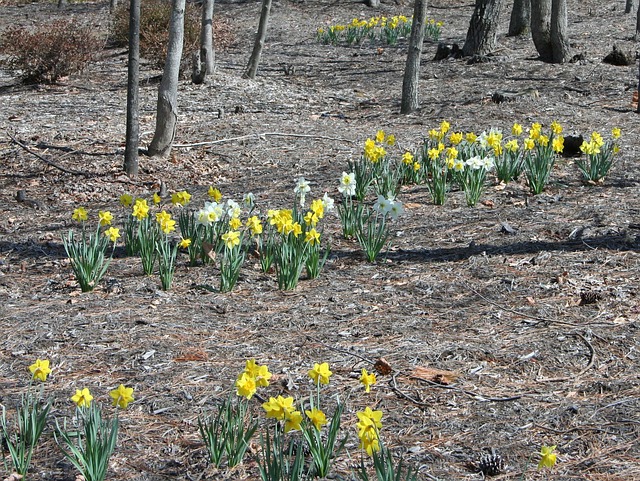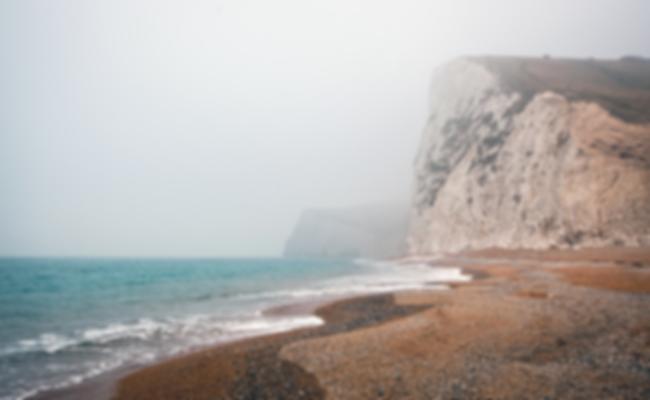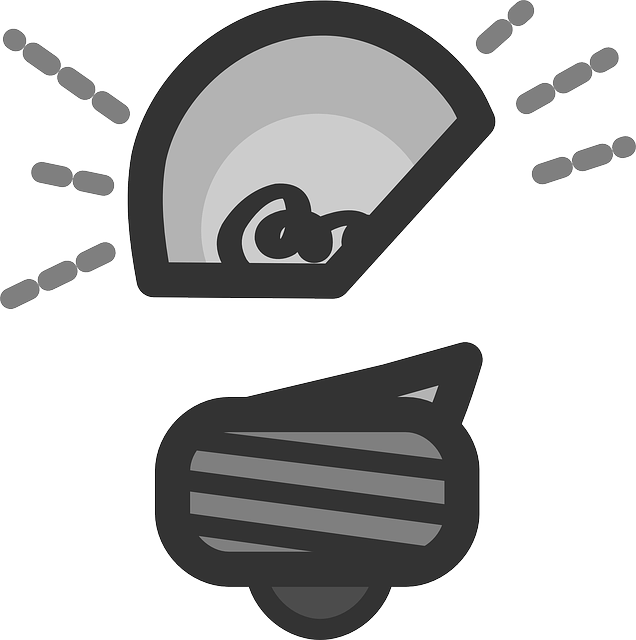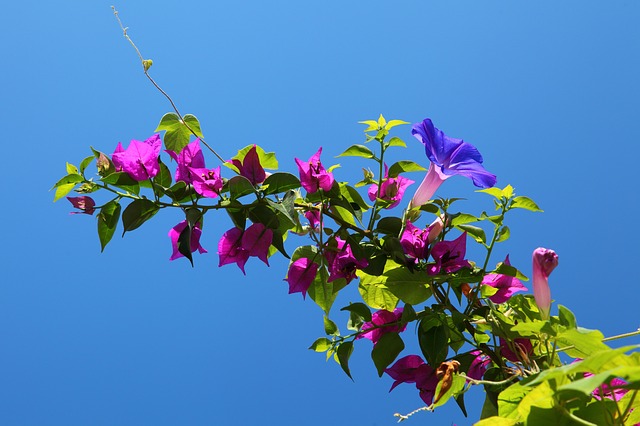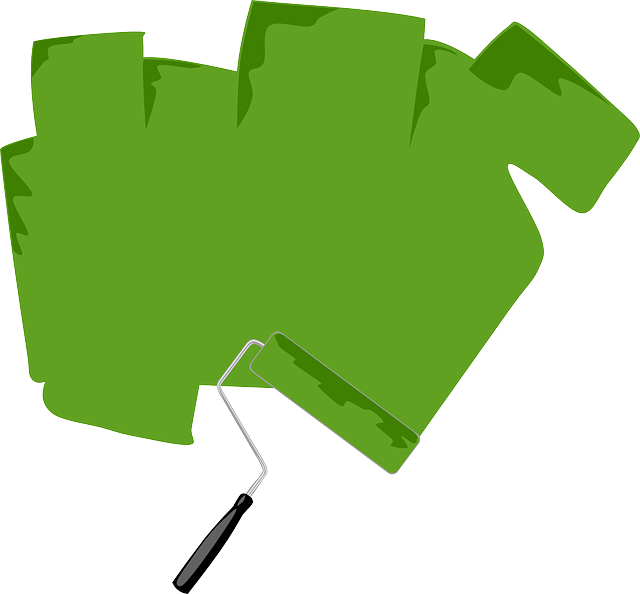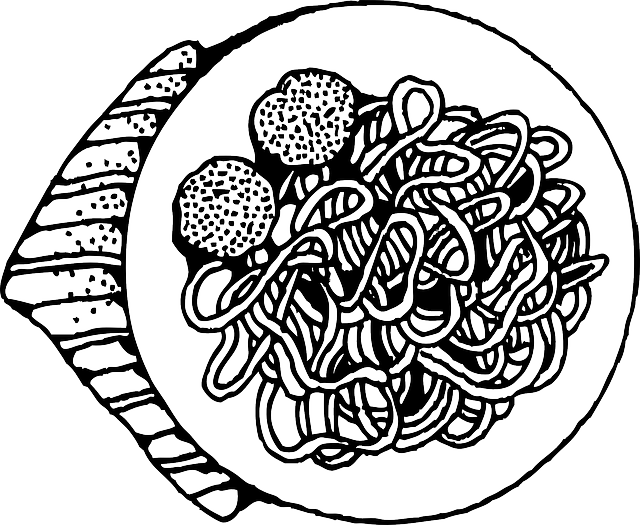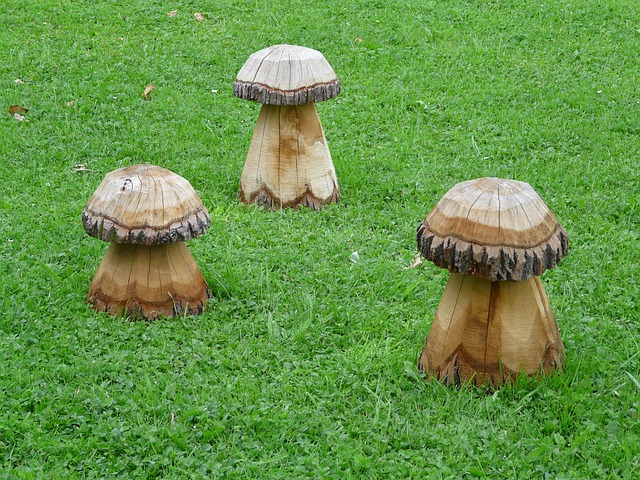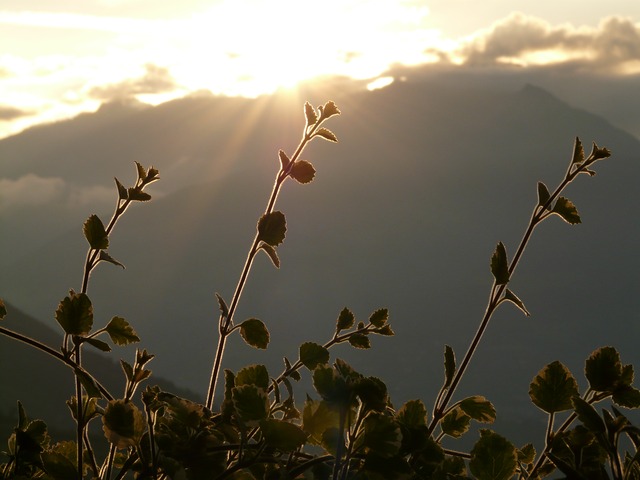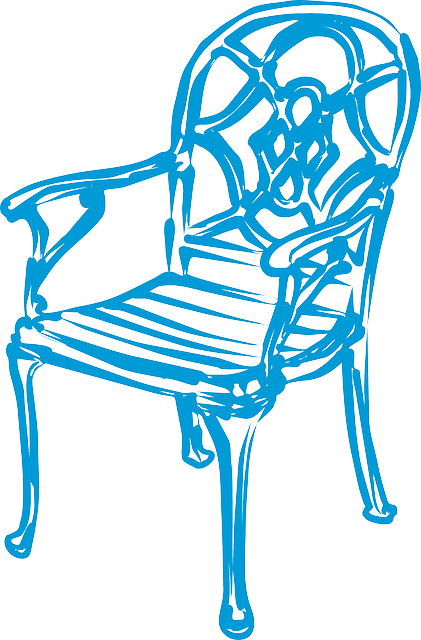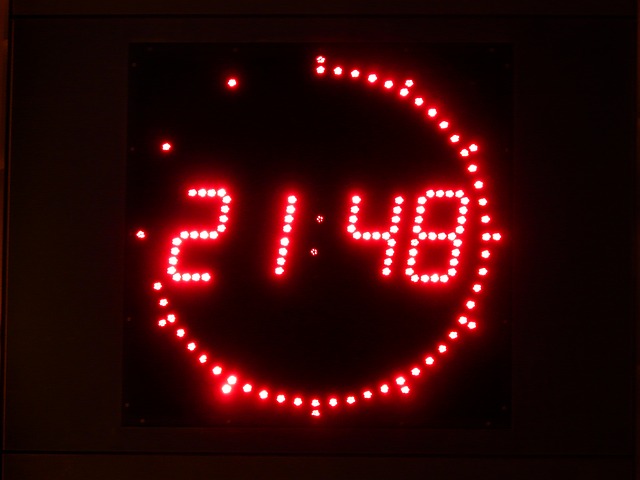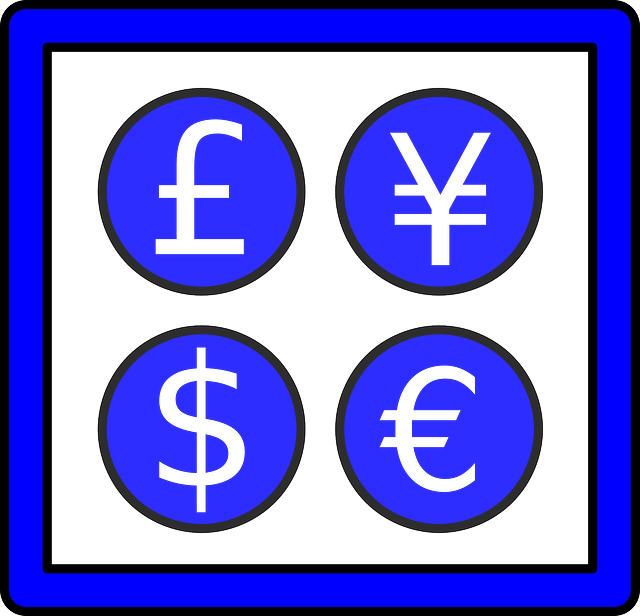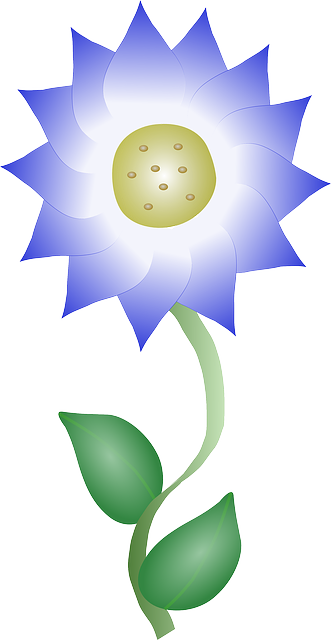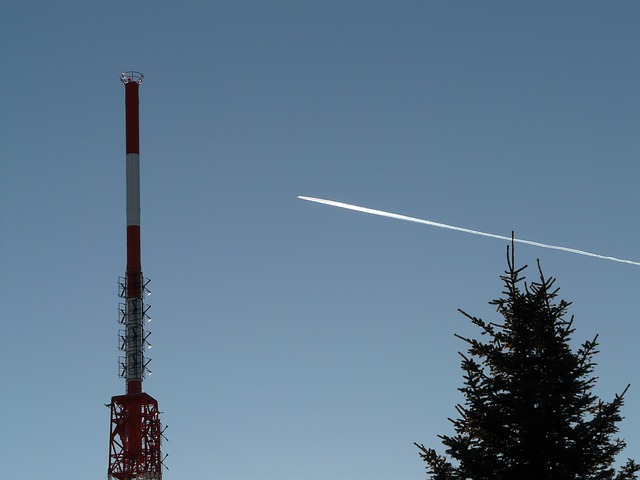المعهد الملكي لبريطانيا العظمى
المعهد الملكي لبريطانيا العظمى Royal Institution of Great Britain هي منظمة مكرسة للتعليم الفهمي والبحثي، ومقرها في لندن.
مقدمة
التاريخ
حائزون على جائزة نوبل
- John William Strutt, 3rd Baron Rayleigh (1842–1919) - Physics 1904 with William Ramsey for the discovery of Argon
- Joseph John Thomson (1856–1940) - Physics 1906 for studies of electrical connection through gases
- Ernest, Baron Rutherford of Nelson (1871–1937) - Chemistry 1908 for work on the chemistry of radioactive substances and the disintegration of the elements
- William Lawrence Bragg (1890–1971)- Physics 1915 joint with WH Bragg, for determining the molecular structure of crystals using x-rays
- William Henry Bragg (1862–1942)- Physics 1915 joint with WL Bragg, for determining the molecular structure of crystals using x-rays
- Charles Scott Sherrington (1857–1952) - Chemistry 1932 shared, for his discovery of the function of neurons
- Henry Hallett Dale (1875–1968) - Medicine 1936 joint with Otto Loewi, for their work on the chemical transmission of nerve impulses
- Peter Brian Medawar (1915–1987) - Medicine 1960 for his work on making permanent skin grafts
- John Cowdery Kendrew (1917–1997) - Chemistry 1962 with Perutz, for determining the structures of haemoglobin and myoglobin using X-ray crystallography and (new at the time) electronic computers
- Max Ferdinand Perutz (1914–2002) - Chemistry 1962 with Kendrew, for determining the structures of haemoglobin and myoglobin using X-ray crystallography and (new at the time) electronic computers
- Andrew Fielding Huxley (1917–2012) - Medicine 1963 for explaining how nerves use electricity to send signals around the body
- Dorothy Crowfoot Hodgkin (1910 – 1994) - Chemistry 1964 for determining the structure of important biochemical substances including vitamin B12 and penicillin using X-ray techniques
- George, Baron Porter of Luddenham (1920–2002) - Chemistry 1967 for work on chemical reactions triggered by light, and for photographing the behaviour of molecules during fast reactions
- Anthony Hewish (1924-) - Physics 1974 for his work on the discovery of pulsars
- Sir John Gurdon (1933-) - in 2012, he and Shinya Yamanaka were awarded the Nobel Prize for Physiology or Medicine for the discovery that mature cells can be converted to stem cells
العناصر الكيميائية
- Potassium – isolated from caustic potash by Humphry Davy in 1807 using electrolysis.
- Sodium – Humphry Davy first isolated sodium in 1807 from molten sodium hydroxide.
- Barium – isolated by electrolysis of molten barium salts by Humphry Davy in 1808.
- Boron – discovered by Humphry Davy who first used electrolysis to produce a brown precipitate from a solution of borates in 1808. He produced enough of the substance to identify it as an element but it wasn't until 1909 that pure boron was produced.
- Calcium – isolated by Humphry Davy in 1808 from a mixture of lime and mercuric oxide using electrolysis.
- Chlorine – Elemental chlorine was discovered in 1774 but was thought to be a compound and was called "dephlogisticated muriatic acid air". Humphry Davy named it Chlorine in 1810 after experimenting with it and declared it was an element.
- Magnesium – first produced/discovered in 1808 by Humphry Davy using electrolysis of a mixture of magnesia and mercury oxide.
- Strontium – known in mineral form but isolated as an element in 1808 by Humphry Davy from a mixture of strontium chloride and mercuric acid.
- Iodine – Discovered by Bernard Courtois in 1811, he lacked the resources to investigate the substance but gave samples to various researchers. It was named by Joseph Louis Gay-Lussac who thought it either a compound of oxygen or an element. A few days later Humphry Davy stated it was a new element leading to wrangling between the two over who identified it first.
- Argon – discovered in 1894 by Lord Rayleigh and William Ramsey.
الرؤساء
Since 1799, the Royal Institution has had fifteen Presidents and one Acting-President.
- 1799 - George Finch, 9th Earl of Winchilsea
- 1813 - George John Spencer, 2nd Earl Spencer
- 1825 - Thomas Pelham, 2nd Earl of Chichester
- 1827 - Edward Adolphus Seymour, 11th Duke of Somerset
- 1842 - Algernon Percy, 4th Duke of Northumberland
- 1865 - Sir Henry Holland, 1st Baronet
- 1873 - Algernon George Percy, 6th Duke of Northumberland
- 1899 - Henry George Percy, 7th Duke of Northumberland
- 1918 - Alan Ian Percy, 8th Duke of Northumberland
- 1930 - Lord Eustace Percy, later (1953) raised to the peerage as 1st Baron Percy of Newcastle
- 1945 - Robert John Strutt, 4th Baron Rayleigh
- 1948 - John Theodore Cuthbert Moore-Brabazon, 1st Baron Brabazon of Tara
- 1963 - Alexander Fleck, 1st Baron Fleck
- 1968 - William Wellclose Davis (acting)
- 1969 - Harold Roxbee Cox, Baron Kings Norton
- 1976 - Prince Edward, Duke of Kent
المديرون
جدل اندرادي
جدل گرينفيلد
متحف فاراداي
قناة ري
المعهد الملكي في استراليا
انظر أيضاً
|
|
المصادر
-
^ "The Nobel Prize in Physiology or Medicine 1936". www.nobelprize.org. Retrieved January 30, 2013. Italic or bold markup not allowed in:
|publisher=(help) - ^ RI Presidents since 1799, Royal Institution website, accessed 26 February 2011
وصلات خارجية
| مشاع الفهم فيه ميديا متعلقة بموضوع [[commons:خطأ لوا في وحدة:WikidataIB على السطر 496: attempt to index field 'wikibase' (a nil value).|خطأ لوا في وحدة:WikidataIB على السطر 496: attempt to index field 'wikibase' (a nil value).]]. |
- The Royal Institution of Great Britain
- The Ri Channel
- The Davy Faraday Research Laboratory
- All parts and information you will need to build a Faraday DC Homopolar Magnet Motor.
- The Science Media Centre
Coordinates:


